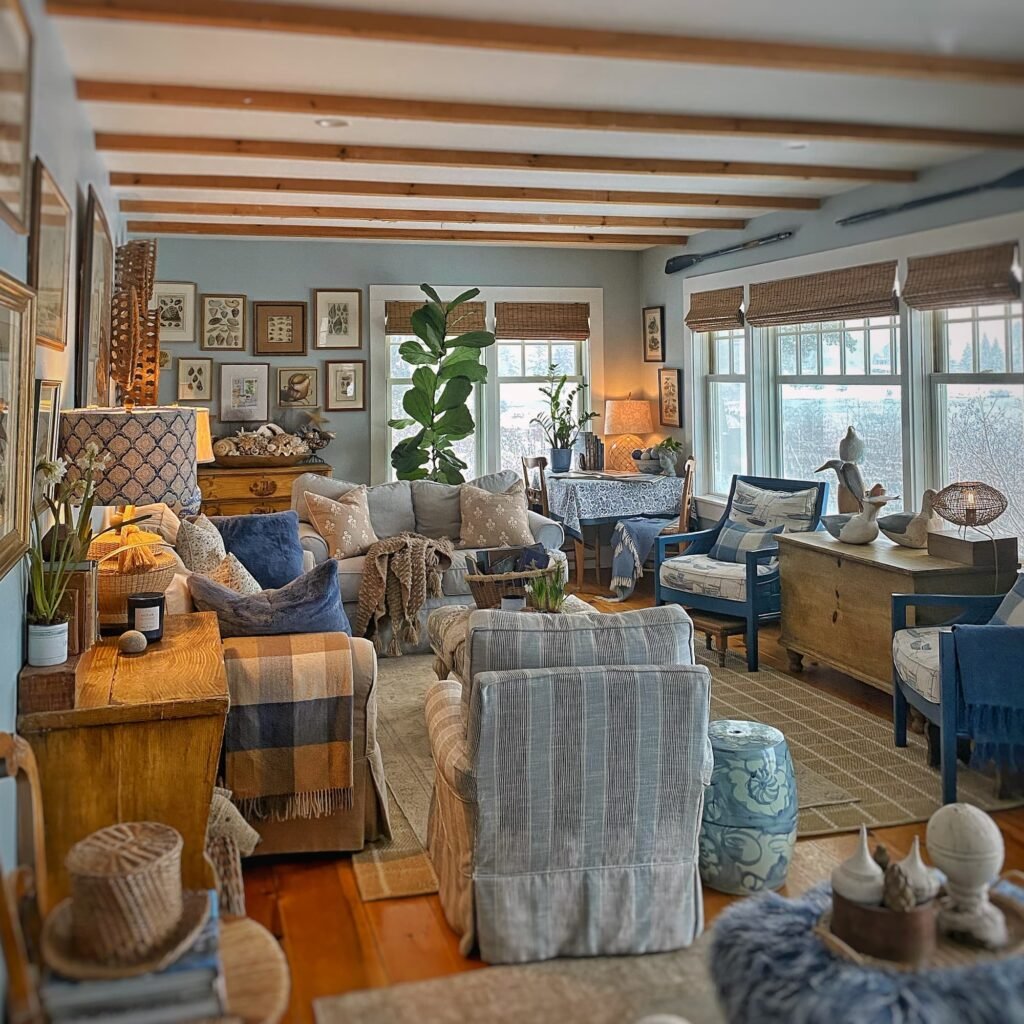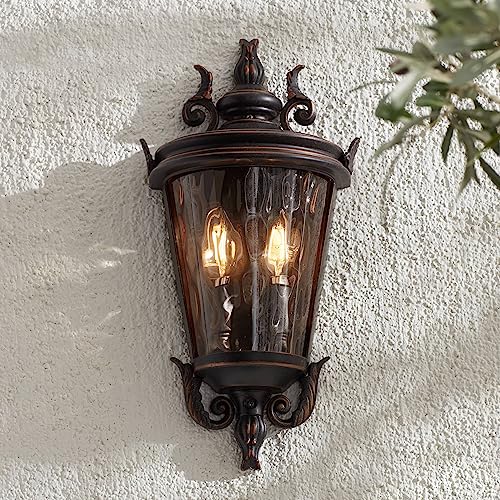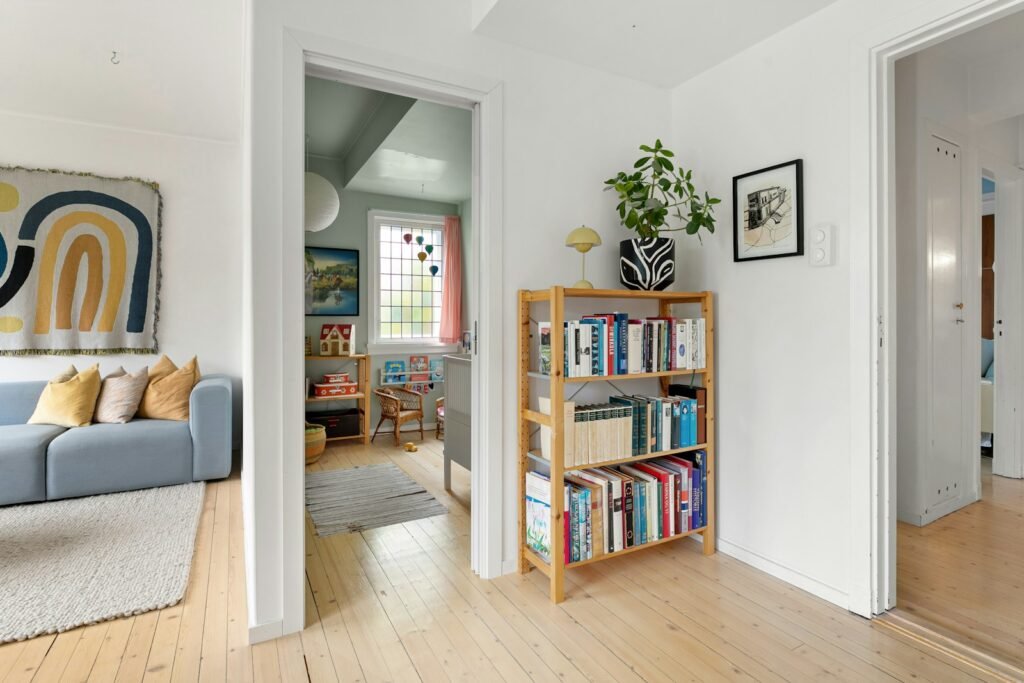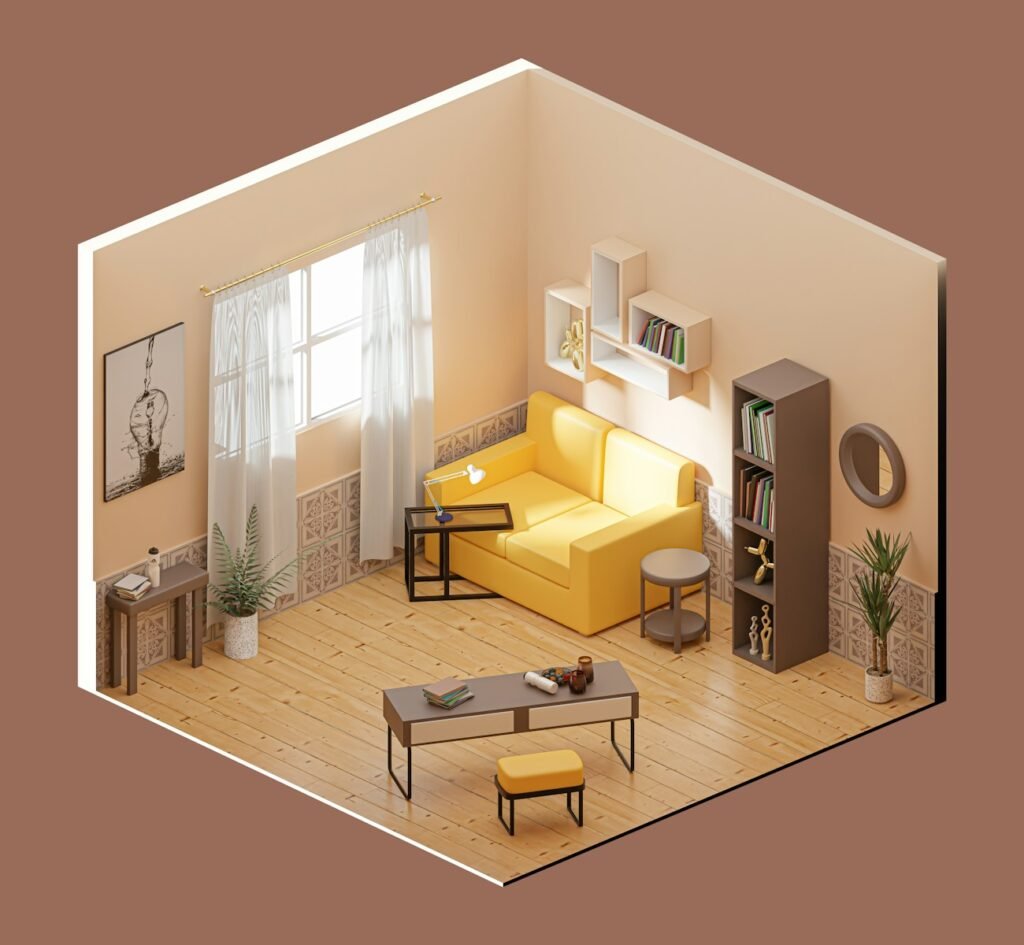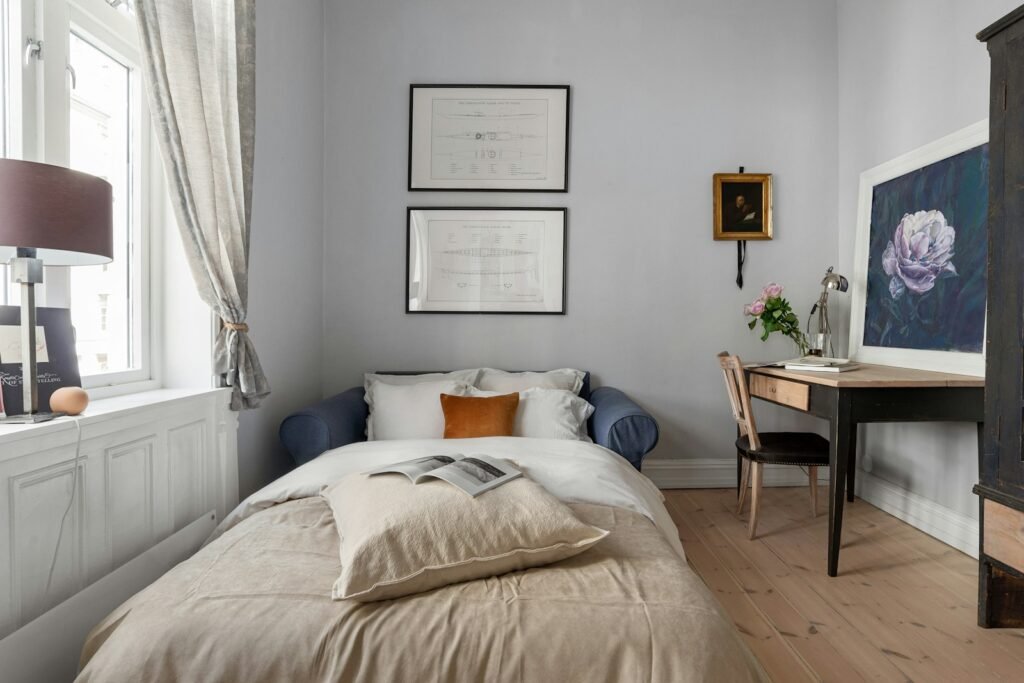Home decor can be fast and flashy, but the spaces we remember—the ones that feel grounding, personal, and timeless—are built slowly. Slow decor is the art of curating your home intentionally over time, choosing fewer, better pieces that carry meaning and age with grace. It’s not about perfection; it’s about presence. Instead of scrambling to follow trends, you let your rooms unfold at a human pace, layering stories, textures, and memories so your home feels like a living narrative of who you are and what you love.
Why Slow home decor Matters Now
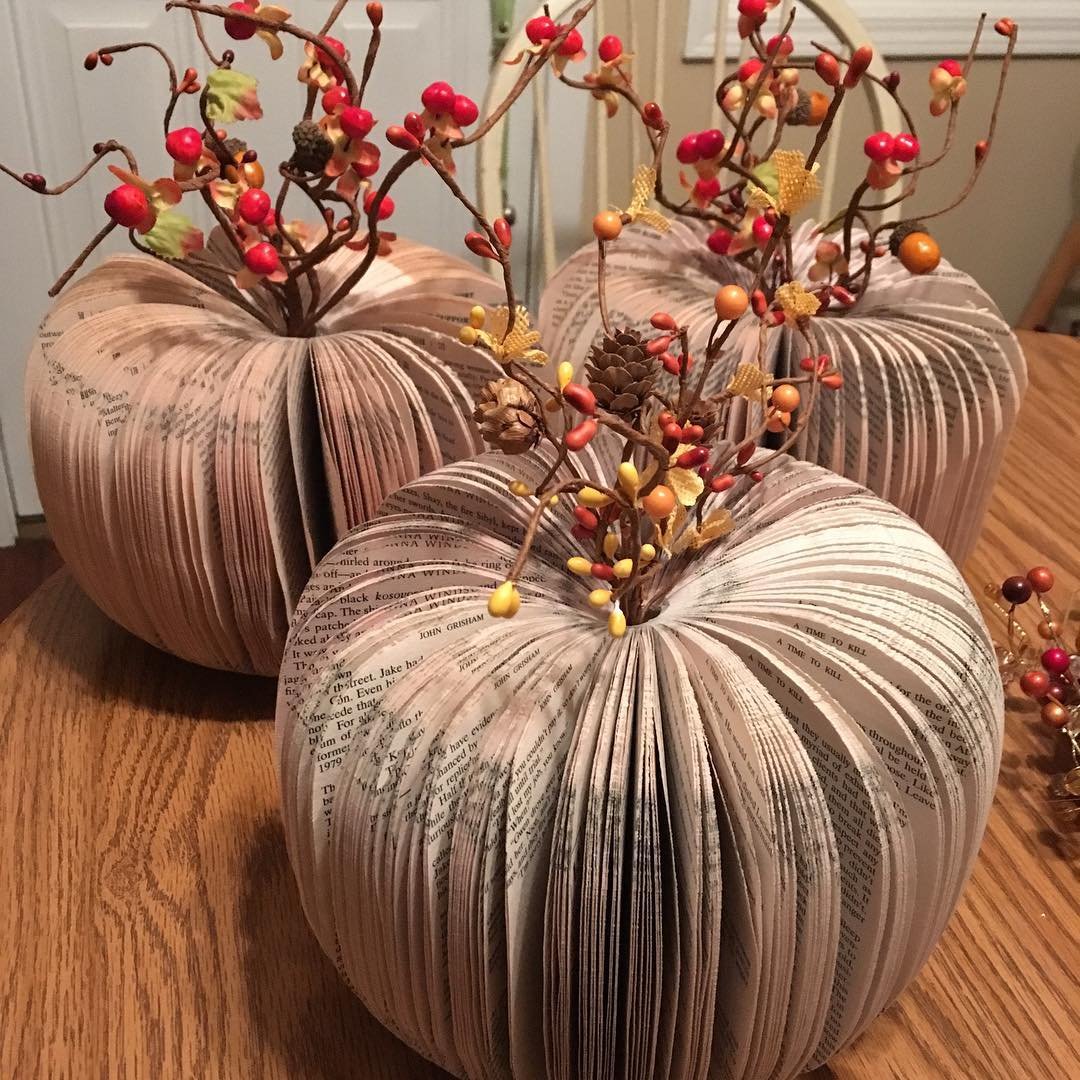
In an age of instant upgrades and two-day shipping, slow decor is a gentle rebellion. It offers the kind of calm and character that fast furnishings rarely deliver.
– Mindful living: Slow decor invites you to pause before purchasing, to ask what truly serves your daily rituals, and to avoid clutter that drains your energy.
– Sustainability: Choosing durable materials, repairing instead of replacing, and shopping vintage reduces waste and environmental impact.
– Emotional well-being: Spaces that reflect your real life—not a catalog—support mental health. Familiar textures, warm light, and meaningful objects reduce decision fatigue and create a sense of belonging.
– Financial wisdom: Buying once and buying well can save money over time. A solid wood dining table outlasts several cheap ones, acquiring a patina that tells your story.
Principles of Slow home decor
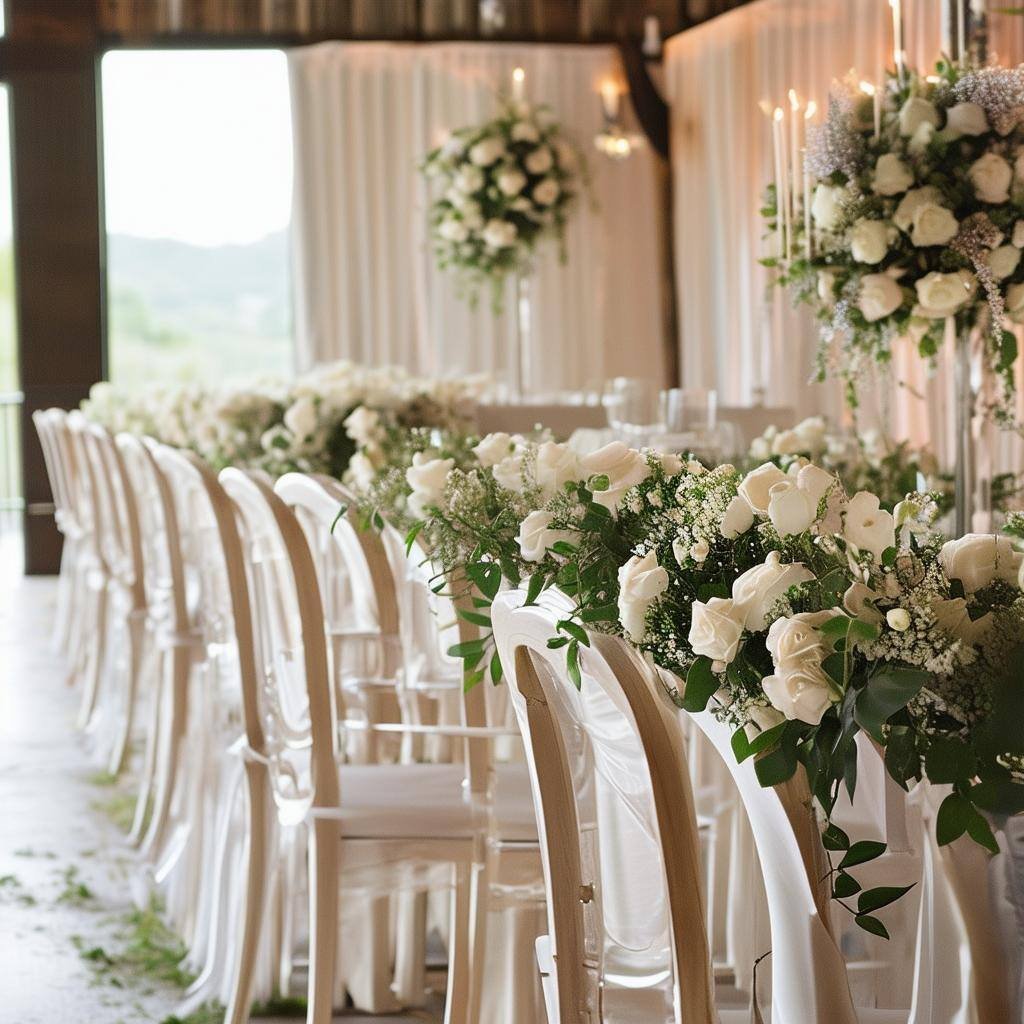
Slow decor is less a shopping list and more a philosophy. These guiding principles help you create a home with lasting resonance.
– Intent over impulse: Every addition has a purpose—function, comfort, or meaning.
– Quality over quantity: Opt for materials that age well: solid wood, stone, wool, linen, ceramic, and metal.
– Provenance: Support makers you admire, hunt down vintage with character, and collect pieces with a story.
– Timeless foundations: Keep big items classic and neutral to adapt as your tastes evolve.
– Layered textures: Combine smooth with nubby, matte with glossy, soft with structured for sensory richness.
– Negative space: White space is a design tool. Leave room to breathe so treasured objects can shine.
– Repair and maintenance: Care extends the life of your belongings—oil cutting boards, rotate rugs, reupholster beloved chairs.
– Seasonal pacing: Let your home evolve with the seasons. Swap a heavy wool throw for breezy linen in summer, adjust lighting as days grow shorter.
– Personal narrative: Display art, photos, travel mementos, and heirlooms. Your home should look like you, not a trend board.
Must-Have Elements of Slow home decor
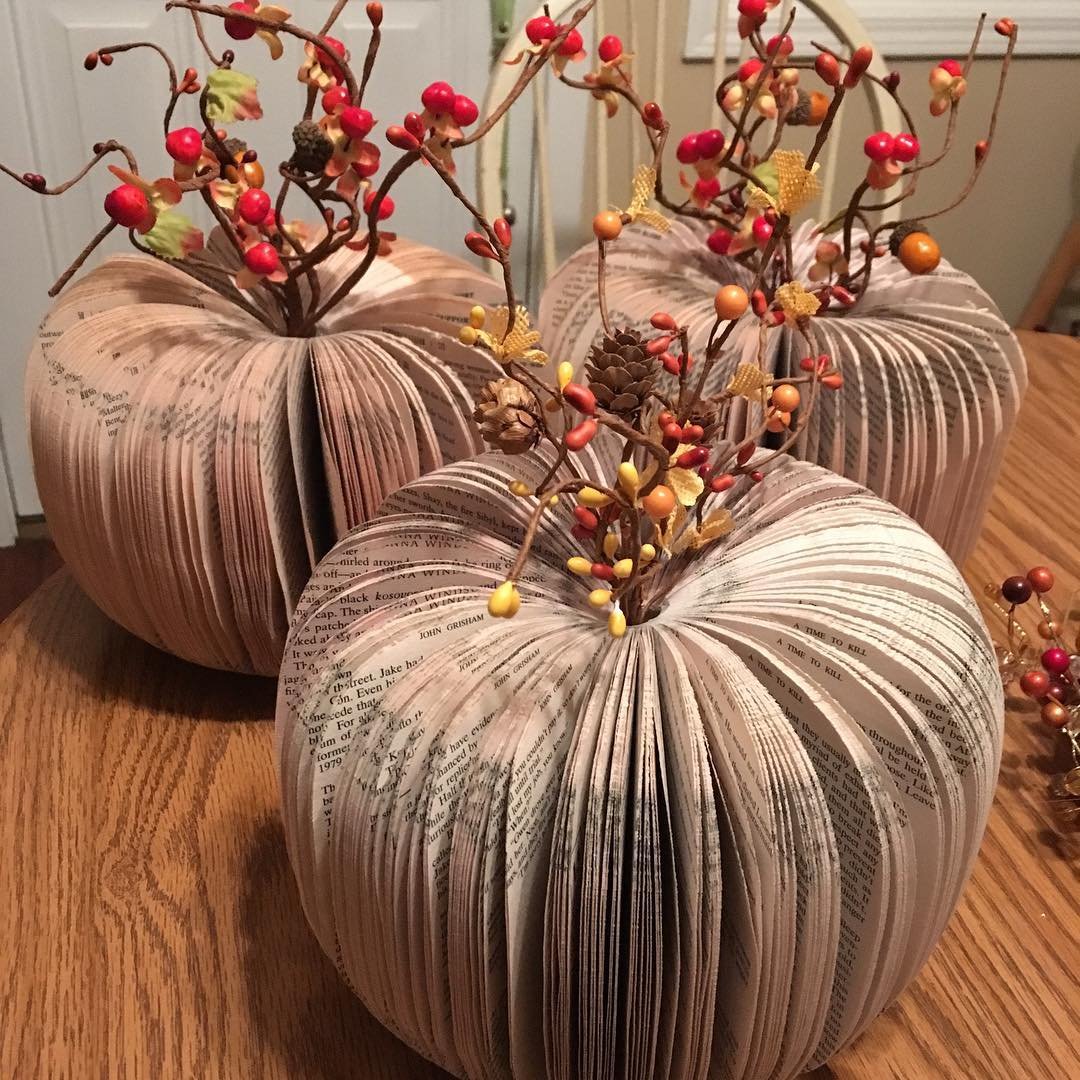
If you’re wondering where to begin, these essentials bring immediate warmth and longevity without chasing trends.
– A natural fiber rug: Wool, jute, or sisal anchors a room and adds texture underfoot.
– A solid wood table: Dining, writing, gathering—wood tables age beautifully and invite daily use.
– Handmade ceramics: Mugs, bowls, and vases with slight irregularities feel alive in the hand.
– Linen bedding and cotton percale: Breathable, soft, and gracefully rumpled—perfect for everyday luxury.
– Real plants: Living greenery cleans the air and softens hard edges; even one thriving plant transforms a corner.
– Dimmable lamps: Layered lighting beats overhead glare; mix table, floor, and wall lights.
– A vintage mirror: It bounces light and adds a touch of history.
– Woven baskets: Beautiful storage for blankets, toys, or the mundane mess of life.
– Art you genuinely love: Original pieces, prints, or your own photography—choose for connection, not status.
– A repair kit: Wood polish, fabric stain remover, upholstery brush, basic tools—care is part of the aesthetic.
Planning a Slow home decor Makeover
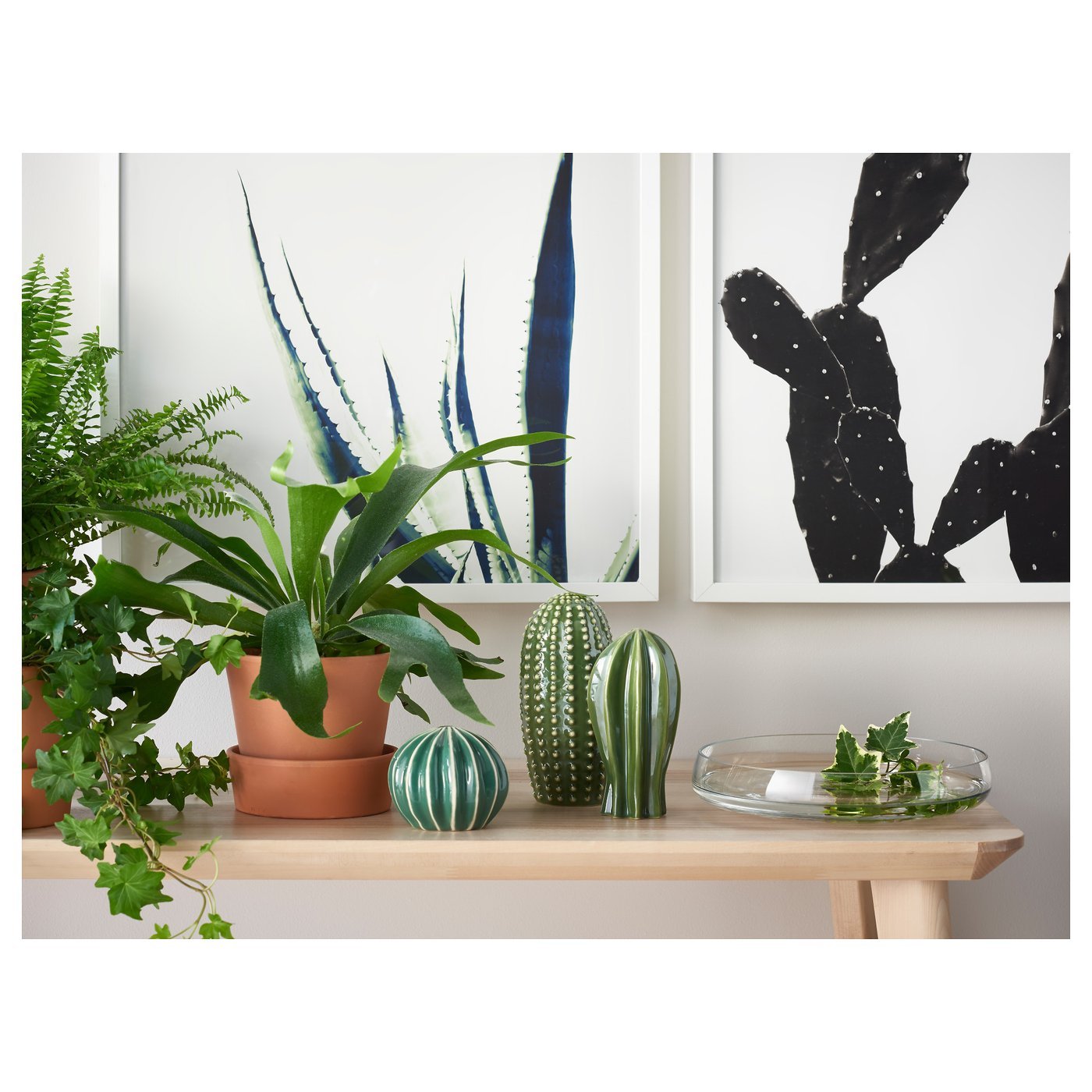
You don’t need to redo everything at once. A thoughtful plan keeps you steady and reduces regret purchases.
1) Observe your daily life
– Track where you sit, drop your keys, or read. Design begins with behavior.
– Note pain points: poor lighting, clutter zones, uncomfortable seating.
2) Define your narrative
– Choose three words that describe how you want your home to feel (for example: calm, collected, earthy).
– Build a mood board with materials and colors that support those words.
3) Set a restrained palette
– Pick two to three main colors and one or two accent tones. Use natural materials as neutrals.
– Repeat tones across rooms for cohesion.
4) Map your layout
– Create zones for living, dining, working, and resting. Preserve pathways and sight lines.
– Establish a focal point per room (a fireplace, a large plant, a statement artwork).
5) Make a sourcing plan
– Start with functional upgrades: lighting, seating, storage.
– Prioritize quality where you touch and use most: sofa, mattress, dining chairs, cookware.
– Mix sources: secondhand, local makers, ethical brands.
6) Pace yourself
– One thoughtful piece a month beats a car-full of compromises. Let serendipity guide your finds.
Suggested timeline
– Week 1: Declutter surfaces, adjust layout for flow, add two warm light lamps, bring in one plant.
– Month 1: Choose a rug and curtains; refine color palette with throw pillows or art.
– Months 2–3: Invest in one anchor piece (sofa or table). Upgrade everyday textiles (towels, sheets).
– Months 4–6: Add handmade or vintage accents. Reassess storage and edit again.
Room-by-Room Slow Decor Ideas
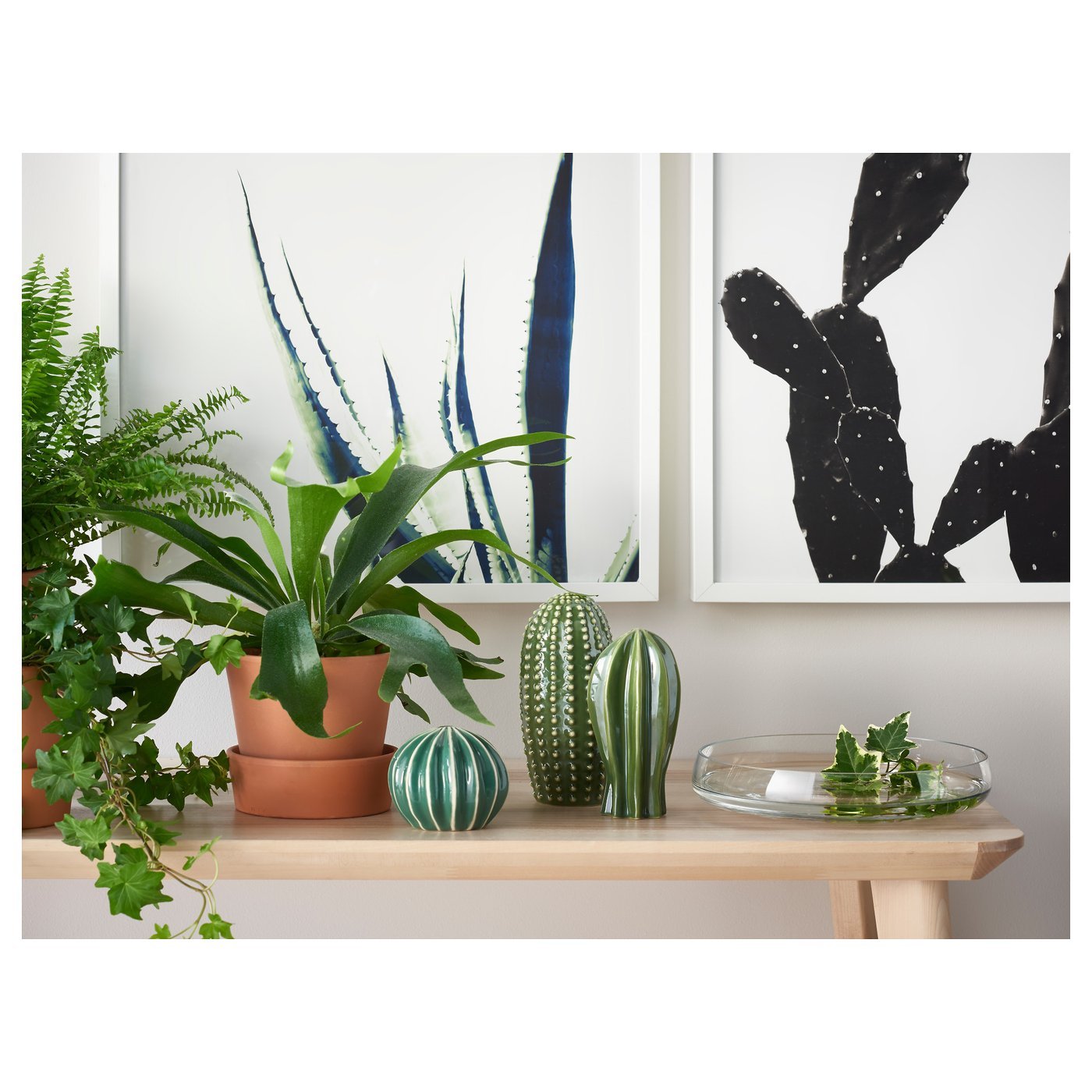
Living room
– Anchor with a wool or jute rug and a well-made sofa. Add a mix of pillows in linen and wool.
– Replace overhead-only lighting with a trio: floor lamp by the sofa, table lamp on a side table, and a dimmable bulb in a ceiling fixture.
– Display a rotating “story shelf” of books, a framed photo, and a seasonal object to keep it fresh without constant shopping.
Bedroom
– Choose breathable bedding and a supportive mattress. A solid wood or upholstered headboard adds quiet structure.
– Keep nightstands clear: a book, a carafe, a small dish for jewelry. Add a sconce or low-lumen lamp for evening wind-down.
– Soft rugs at the bedside and heavy curtains support rest.
Kitchen
– Edit gadgets to the essentials. Display everyday ceramics within reach.
– Use open shelves sparingly to highlight texture—stoneware bowls, a wooden cutting board, a cast-iron pan.
– Warm the space with a runner, a small herb garden, and dim warm task lights.
Bathroom
– Upgrade textiles first: plush cotton towels and a linen shower curtain.
– Store bulk items out of sight; decant necessities into glass or ceramic.
– Add a small stool, plant, and artwork to shift from utilitarian to soothing.
Entryway
– Provide a landing zone: hooks, a bench with storage, and a bowl for keys.
– A vintage rug hides wear and adds patina instantly.
Outdoor or balcony
– One comfortable chair, a side table, and a small tree or climbing plant can turn tiny spaces into restorative retreats.
Color, Texture, and Light in home decor
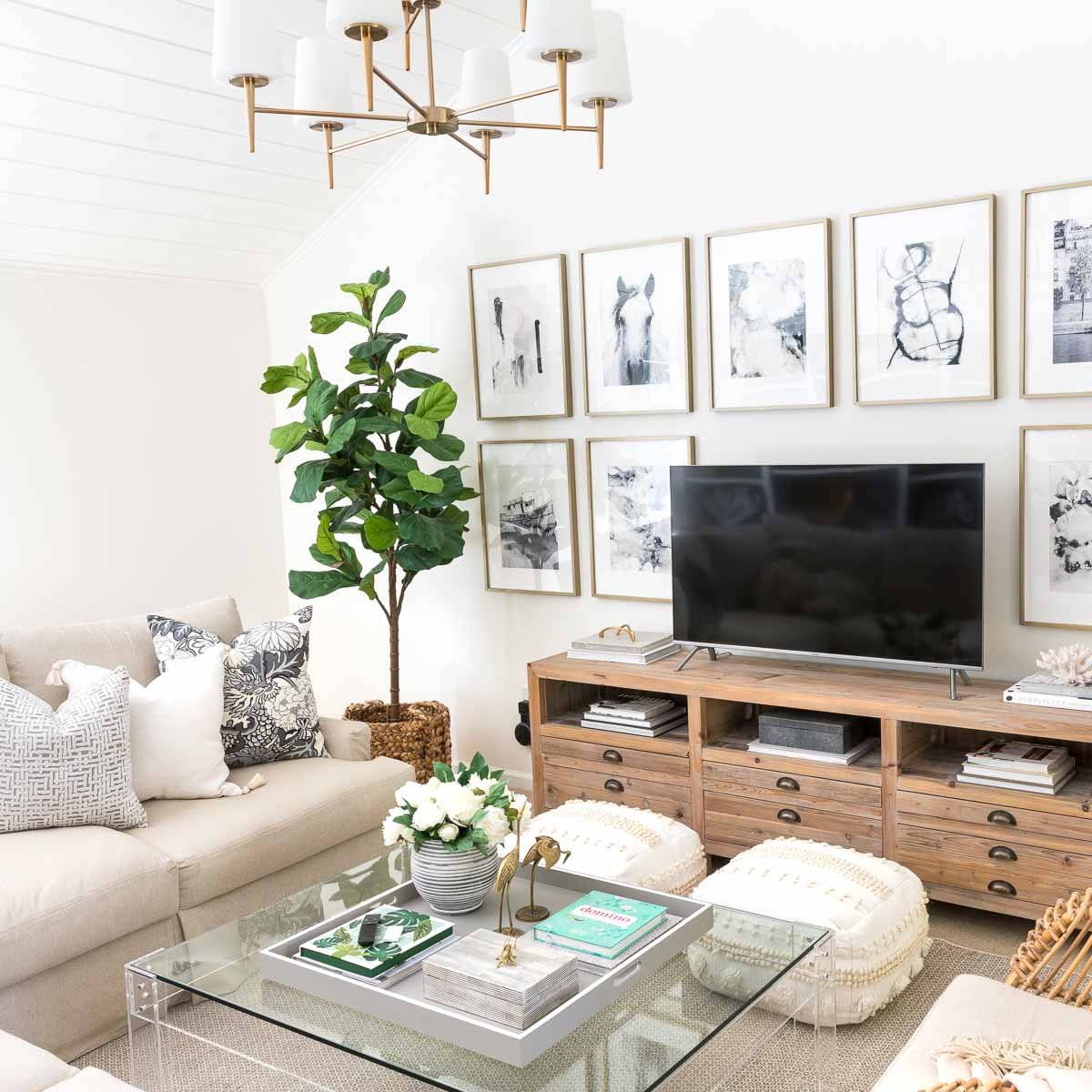
Color
– Start with nature-inspired hues: moss green, clay, sand, charcoal, and off-white rarely tire the eye.
– Use saturation intentionally. Reserve vivid colors for small accents—book spines, a vase, or a single chair.
Texture
– Combine opposites: a sleek metal lamp on a rough wood table, a nubby throw over a smooth leather chair.
– Vary scale: a chunky knit next to a fine linen weave creates depth.
Light
– Prioritize natural light by trimming window treatments and placing mirrors to reflect daylight.
– In the evening, avoid harsh, cool overheads. Use warm bulbs (2700–3000K) and multiple low-level sources for ambiance.
Meaningful Objects: Curate a Personal Narrative
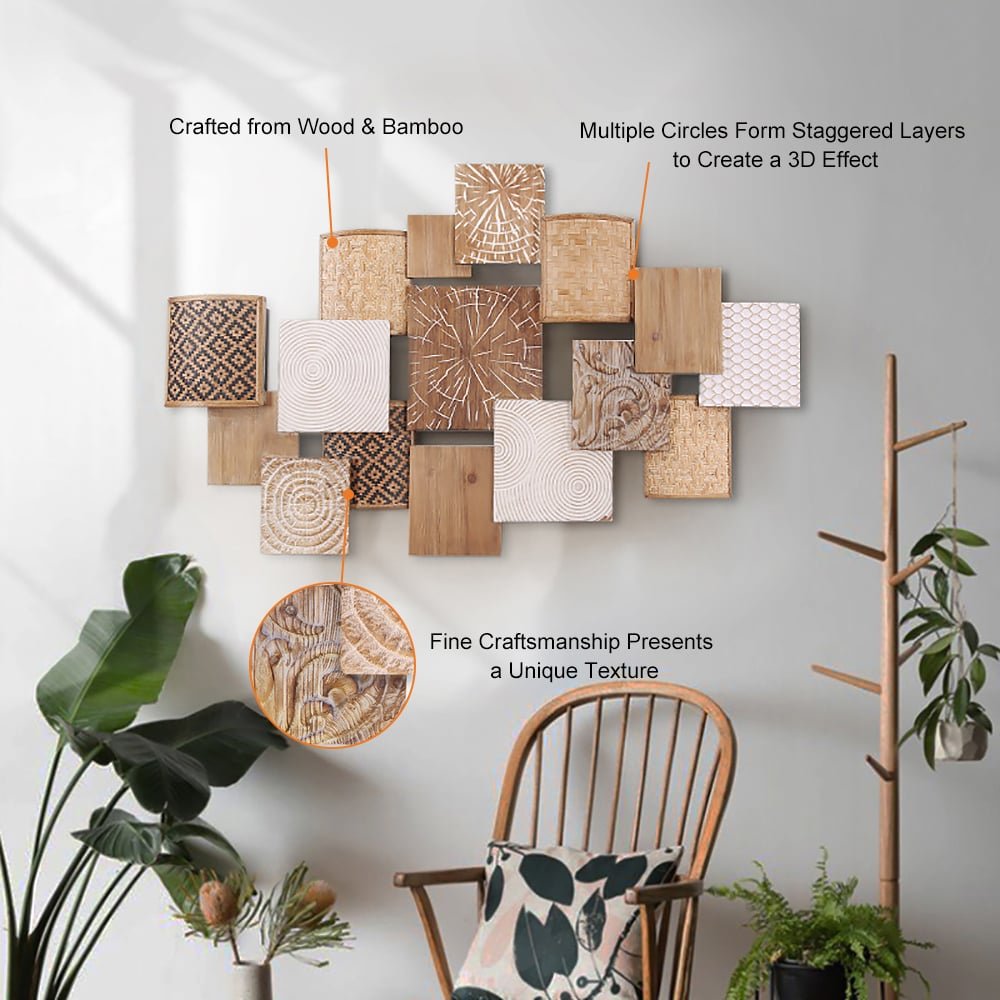
Slow decor thrives on stories. Bring your history into the open.
– Heirlooms and souvenirs: Frame a handwritten recipe, display a grandparent’s bowl, or mount a found object from a meaningful trip.
– Books as texture and identity: Organize by theme or color, but keep favorites within reach to encourage use.
– Rotating vignettes: Change a console display with the seasons—a branch in winter, wildflowers in spring—to keep the home alive.
Ask with every object: What does this add to my daily story? If it doesn’t contribute beauty, function, or meaning, let it go.
Sustainable Sourcing and Care
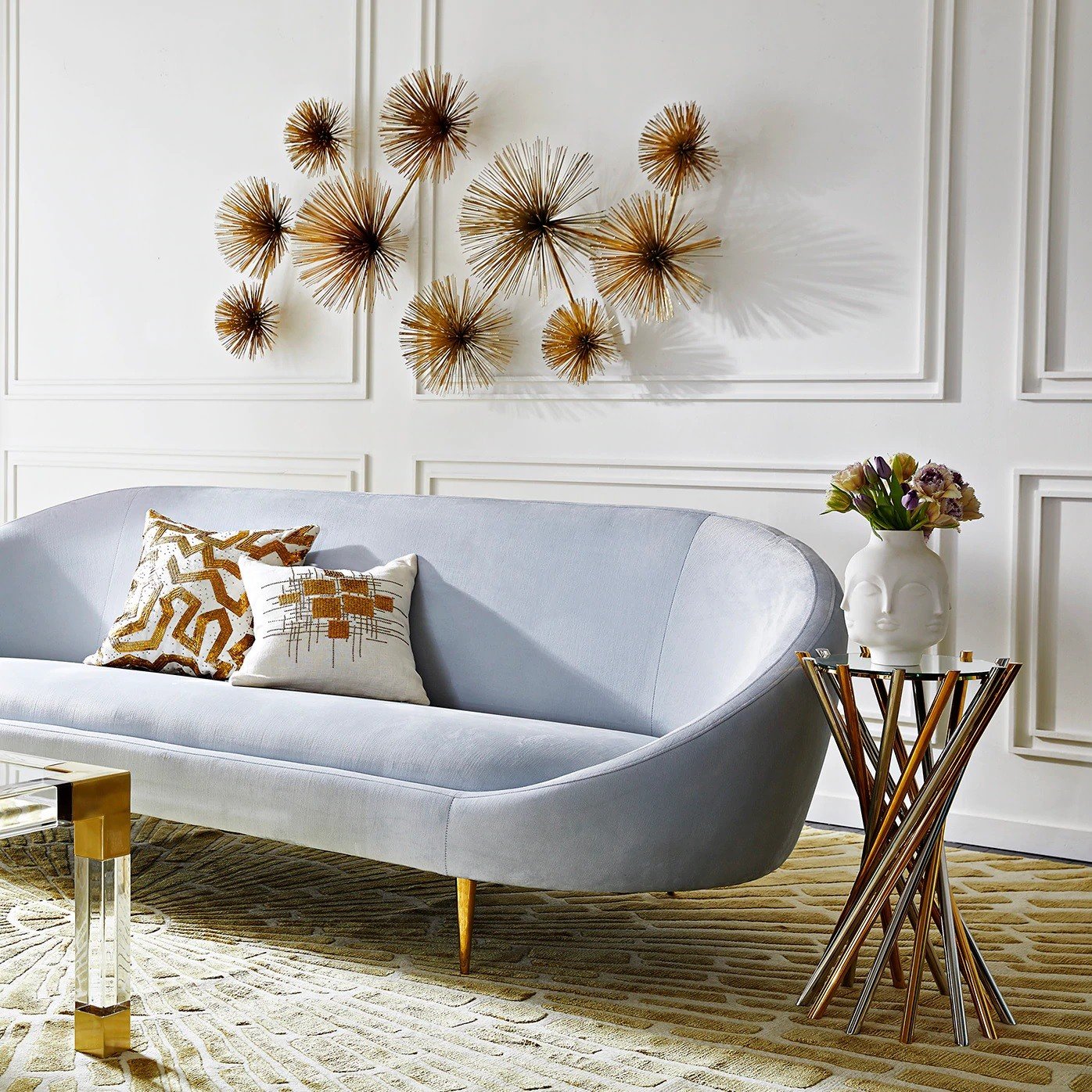
Thoughtful purchasing is only half the equation; caring extends the life of your pieces.
– Shop secondhand first: Estate sales, local marketplaces, architectural salvage, and thrift stores yield character and value.
– Choose materials consciously: FSC-certified wood, OEKO-TEX or GOTS textiles, Greenguard-certified finishes when possible.
– Support local makers: Handmade furniture, pottery, and textiles carry a human touch—and you can often repair or refinish them.
– Maintenance rituals:
– Quarterly: Oil wood, rotate mattresses and rugs, launder curtains.
– Monthly: Brush upholstery, water plants, touch up scuffs on walls.
– As needed: Reupholster instead of replacing; sharpen knives and tools.
Common Mistakes to Avoid
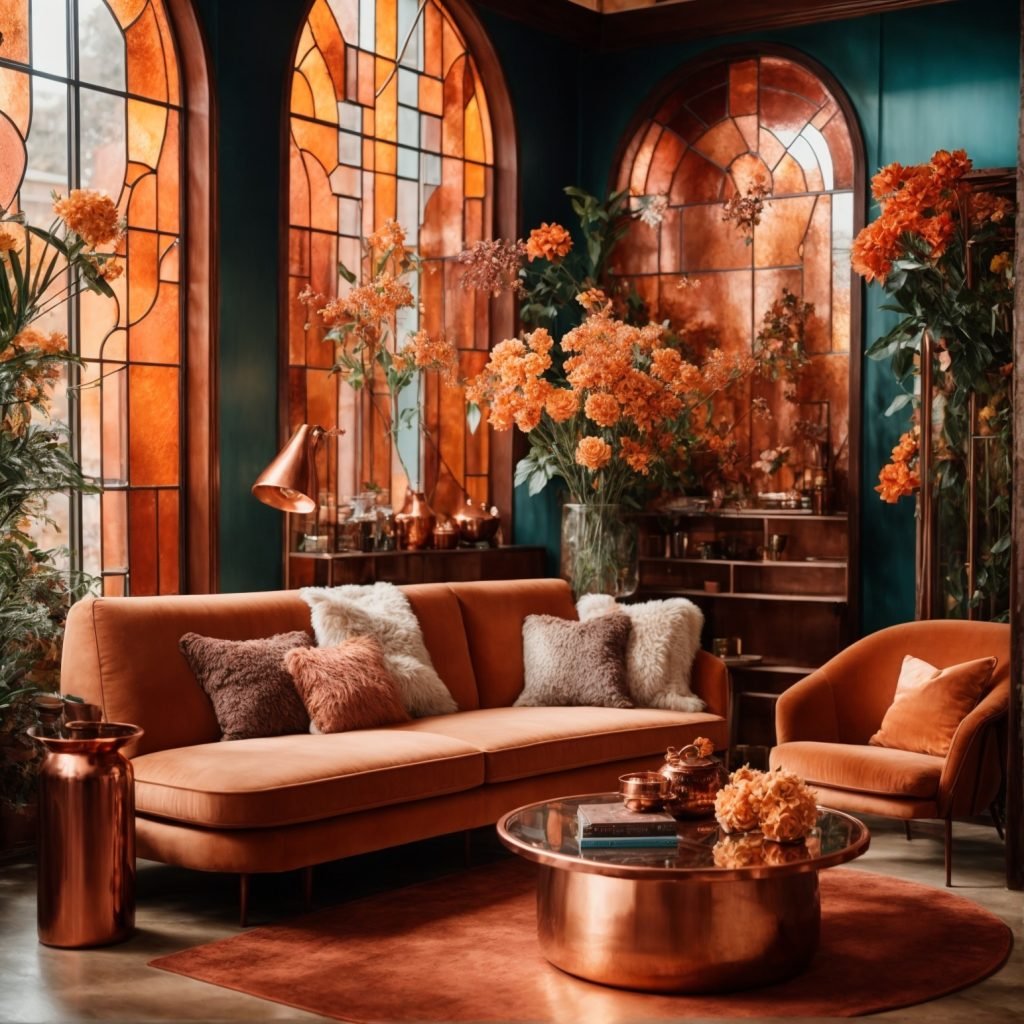
– Buying sets: Matching furniture can feel flat. Mix styles and eras for depth.
– Over-decorating: More objects don’t equal more personality. Edit ruthlessly.
– Neglecting scale: A tiny rug makes a room feel smaller; choose sizes that fit the space.
– Ignoring lighting: One overhead light is rarely flattering. Layer warmth.
– Defaulting to trends: If it doesn’t fit your narrative, skip it—even if it’s everywhere online.
– Rushing: The best finds take time. Empty space is better than a placeholder you don’t love.
Budget-Friendly Slow home decor Tips
– Thrift with intention: Keep a list of measurements and needs to avoid impulse buys.
– Try DIY upgrades: Limewash a wall, swap hardware, hem curtains, or refinish a wood stool.
– Decor swap with friends: Trade art prints, planters, or textiles to refresh without buying.
– Renters’ tricks: Use rugs to define zones, removable wallpaper for character, and freestanding shelves for storage.
– Invest where it counts: Save on accents; splurge on items you use daily (bed, sofa, dining chairs).
A Simple Ritual to Style Any Surface
1) Start with a base: a tray, stack of books, or folded textile to ground the vignette.
2) Add height: a lamp, tall branch, or sculptural object.
3) Introduce softness: a plant, candle, or ceramic bowl.
4) Include the personal: a photo, found stone, or souvenir.
5) Edit: remove one item. Negative space invites the eye to rest.
A Quick-Start Checklist
– Choose three words for your home’s mood.
– Set a restrained color palette and gather a few material samples.
– Edit one room: clear surfaces, donate duplicates, and store seasonal extras.
– Add two warm lamps and one real plant.
– Select one handmade or vintage piece to start your story.
– Live with the space for two weeks, then adjust.
The Role of Time: Letting Your Home Breathe
Slow decor honors the truth that your life changes. A new hobby, a beloved pet, a different schedule—these evolve your needs and, with them, your rooms. Instead of resisting change, plan for it. Keep flexible storage, choose modular furniture when possible, and embrace patina. Scratches on a table from family dinners are not flaws; they’re chapters. When you allow time to participate in your design, your home becomes less brittle, more resilient, and infinitely more you.
In the end, slow decor is an invitation: to notice what you already have, to invest in what matters, and to let your rooms tell the most honest, generous version of your story. Start small, choose with care, and trust that the best homes—like the best lives—are crafted patiently, one meaningful decision at a time.

